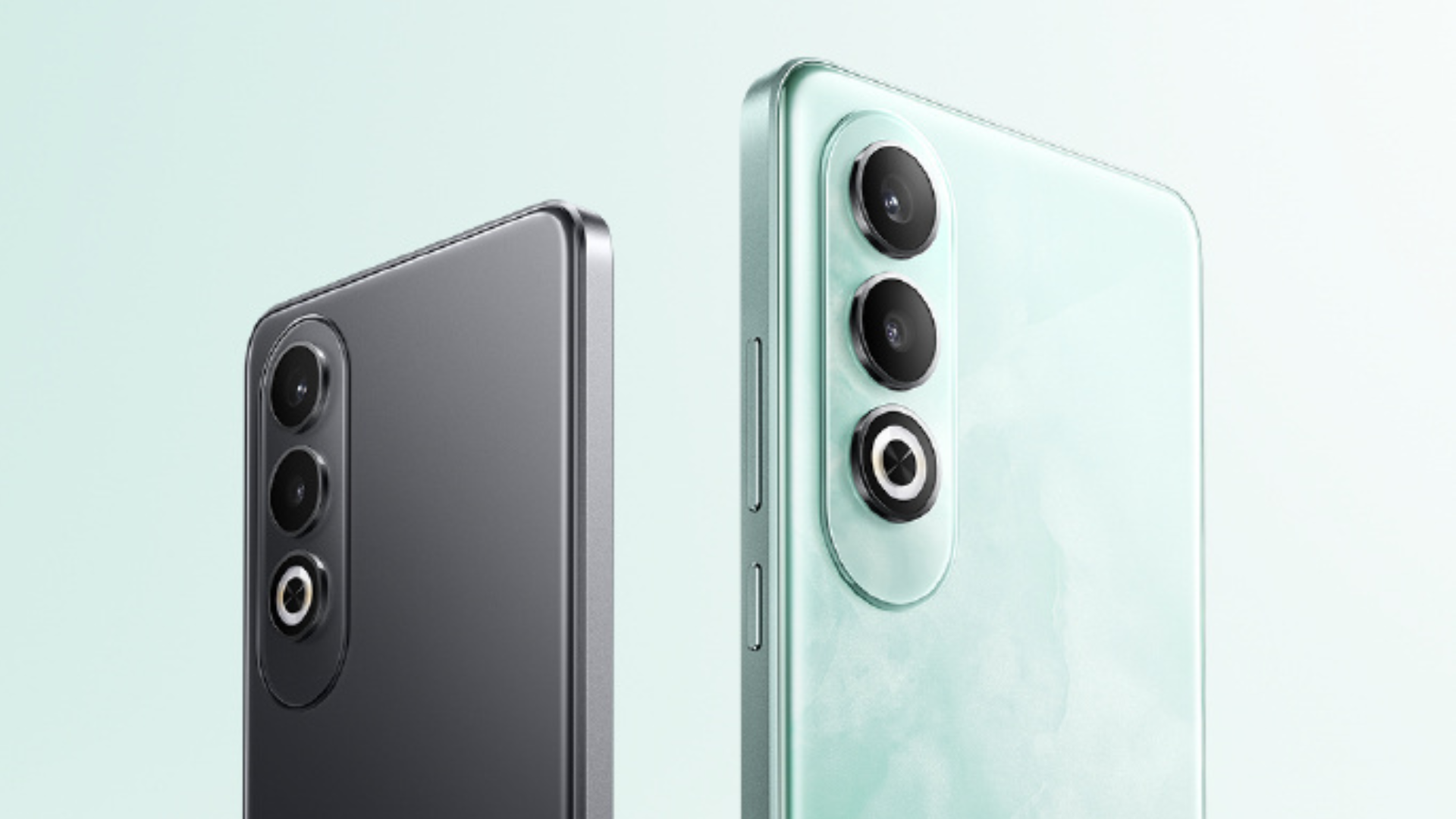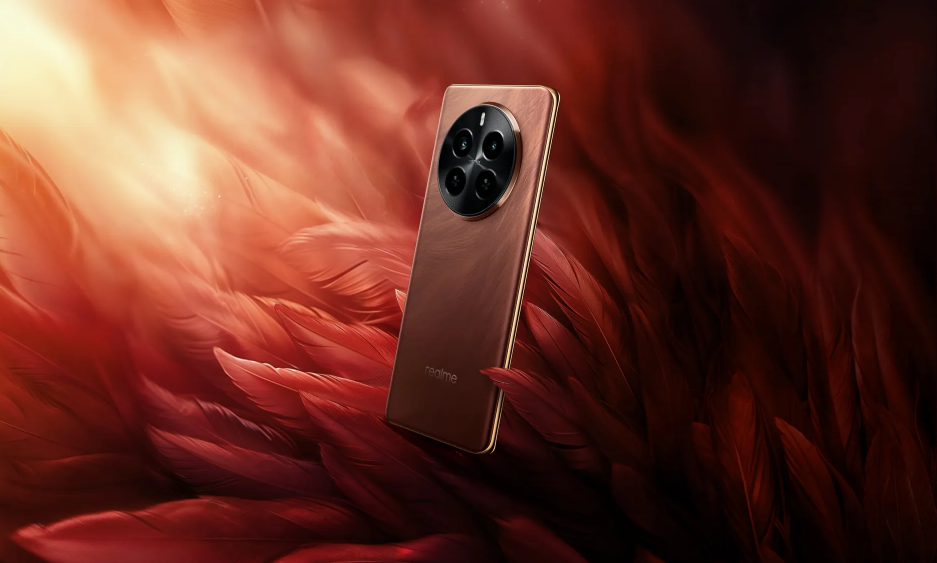Are you wondering Bluetooth Versions Differences? Bluetooth is the name of a short-range radio frequency technology that eliminates the need for wired connections. Bluetooth was developed in 1994 by Ericsson company to communicate wirelessly with cell phones and other mobile devices. It is named after Harald Bluetooth (former Danish king).
What’s Bluetooth Version Difference
The main Bluetooth versions differences are that the latest Bluetooth versions support higher data transfer speeds, have better connection range and stability, are more energy efficient, and offer better security than older Bluetooth versions. Of course bluetooth versions differences are not just that.
Bluetooth 1.0
When Bluetooth v1.0 was invented in 1998, it was a groundbreaking discovery. However, the technology was still immature and suffered from many problems such as lack of anonymity. By today’s standards, the technology is now obsolete.
Bluetooth v1.1 fixed some of the problems, but the biggest issues were addressed with the introduction of Bluetooth v1.2. Bluetooth versions differences is the key improvements included support for adaptive frequency hopping (AFH) spectrum, which reduces interference, faster transmission speeds of up to 721kbps, faster connectivity and detection, Host Controller Interface (HCI) and Extended Synchronous Connections (ESCO).
Bluetooth 2.0
Bluetooth v2.0 was released before 2005. The highlight of this standard was support for Enhanced Data Rate (EDR), which uses a combination of Phase Shift Keying Modulation (PSK) and GFSK to enable better data transfer speeds.
The technology was further enhanced with the release of Bluetooth v2.1. It now supported secure simple pairing (SSP), which improved security and the pairing experience, and enhanced query answering (EIR), which allowed better filtering of devices before establishing a connection.
Of all the classic Bluetooth versions, v2.1 was the most popular and widely used. This was due to its simplicity, longer range of 33 m instead of 10 m, and faster data transfer speed of up to 3 Mbit/s instead of 0.7 Mbit/s.
Bluetooth 3.0
Bluetooth v3.0 was released in 2009 and introduced high-speed mode (HS), which allowed theoretical data transfer speeds of up to 24 Mbps over a collocated 802.11 link. This technology introduced many new features, such as Enhanced Power Control, Ultra Wideband, L2CAP Enhanced Modes, Alternate MAC /PHY, Unicast Connectionless Data, etc. However, it suffered from one major drawback – high power consumption.Due to this drawback, devices using Bluetooth 3.0 consumed much more power than their predecessors, resulting in shorter battery life for Bluetooth-enabled devices. As a result, Bluetooth v2.1 remained popular with new devices that support Bluetooth v3.0.
Bluetooth 4.0
Bluetooth v4.0 was released in 2010 and featured bluetooth versions differences is introduced support for Bluetooth Low Energy. At the time, it was marketed as Wibree and Bluetooth Smart. Bluetooth 4.0 supported all the features of previous versions, but the most important change was power consumption. Namely, BLE devices can be powered by a coin cell battery. So it was now possible to develop compact and portable devices that could run for days on Bluetooth technology.
Bluetooth v4.1 was introduced in 2013 to further improve the user experience. It could now coexist with LTE, enabled devices to support multiple functions simultaneously, and facilitated the transfer of large amounts of data.
New functions supported by this feature include:
- Low Duty Cycle Directed Advertising 802.11n PAL
- Limited discovery time
- LE Link Layer Topology
- L2CAP Link-oriented and dedicated channels with credit-based flow control
- Train Nudging and Generalized Interlaced Scanning
- Fast interval for data advertisement
- Coexistence signaling of mobile wireless services
- Dual mode and topology
- Updated audio architecture for wideband voice transmission
Bluetooth v4.2 was released in 2014 and made the Internet of Things (IoT) possible. Key improvements include:
- Secure low energy connectivity with data packet length expansion.
- Internet Protocol Support Profile (IPSP) version 6 ready for Bluetooth Smart Things to support the connected home
- Link Layer Privacy with enhanced Scanner Filter Policies
Bluetooth 5.0
Bluetooth v5.0 was introduced in 2016 by Bluetooth SIG, but support for this technology was first implemented by Sony in its Xperia XZ Premium product. The bigger bluetooth versions differences is the standard focuses on improving connectivity and the Internet of Things (IoT) experience by providing seamless data flow.
For BLE, double the speed in bursts of up to 2 Mbps is now supported within a limited range that is up to four times the range of the previous generation, which means a trade-off in data transfer speed.
The areas of improvement are:
- Slot Availability Mask (SAM)
- LE Advertising Extensions 2 Mbps PHY for LE
- LE Long Range
- High Duty Cycle Non-Connectable Advertising
- LE Channel Selection Algorithm
Also, there is a cool bluetooth versions differences called ‘Dual Audio’ has been introduced that allows two different Bluetooth devices such as wireless headphones or speakers to simultaneously play audio from a single Bluetooth audio streaming device that supports this version. It is also possible to stream two different audio sources from the same streaming device to two different Bluetooth devices.
Bluetooth v5.3 is the latest version, released in 2022, which introduced support for the mesh-based model hierarchy. Although this version is not yet widely used, it is undoubtedly the future of Bluetooth technology, which will continue to improve.
The main improvements are:
- Angle of Arrival (AoA) and Angle of Departure (AoD) used for device location and tracking.
- Regular sync transmission of advertisements
- GATT caching
- Advertising channel index
Minor enhancements include:
- Specifying behavior for rule violations
- Interaction between QoS and flow specification
- ADI field in scan response data
- Host channel classification for secondary advertisements
- HCI support for debug keys in LE Secure Connections
- Update mechanism for rest clock accuracy
- Allow display of SID in scan response reports




